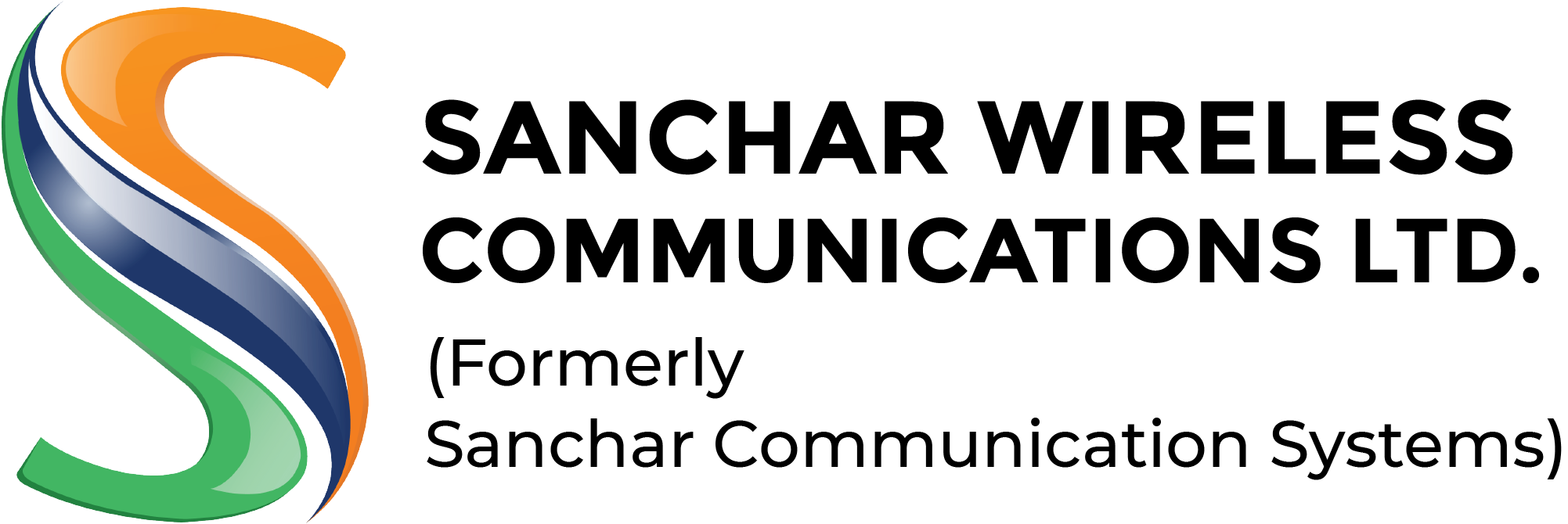
A CASE STUDY ON DESIGN, IMPLEMENTATION, SUPPLY AND INSTALLATION OF “VARDHAK” FOR INDIAN RAILWAYS
Principal cause for Developing the product VARDHAK:
This product has been developed to address a pressing need for communication, aiming to overcome challenges in radio wave propagation. Within the context of Indian Railways, the operational department primarily employs VHF communication products, such as walkie-talkies, to facilitate communication between Guards and Train Pilots. This communication is vital when the train is both in motion and stationary, holding a top priority in terms of Railway Transport Services.
A notable issue arises when a complete train, including its locomotive, is situated in a large junction station or a major terminal station. The signals of VHF walkie-talkies experience disruptions due to the extensive iron structures with metal roofing present above and around the station platform. These iron and metal structures play a pivotal role in obstructing the radio Line of Sight (LoS).
As suppliers of these VHF walkie-talkies, we have encountered challenges in providing after-sales support due to the tendency of people not fully comprehending the underlying causes of performance issues with the product. In order to enhance Customer Satisfaction, the Research & Development Team at Sanchar Communication System took prompt action to address this problem. This led to the creation of a new product named “VARDHAK.”
What is “VARDHAK” and how does it work: The following schematic diagram will help us to understand the working principal of this unique product.


Essentially, “Vardhak” serves as a VHF-UHF back-to-back, 2-way “Repeater.” The VHF signal from any walkie-talkie, whether from the Driver or Guard, is received by the nearest Vardhak Terminal. It is then re-transmitted on a specified spot frequency, preferably within the License Free (446 – 470MHz) band. Another Vardhak Terminal at the other end receives and re-transmits the signal on the original spot frequency of the driver-guard channel. According to the principles of Physics, UHF signals possess greater penetration capability than VHF signals. This characteristic allows UHF signals to navigate obstructions more effectively, thereby addressing the issue through a bypass method in the UHF band.
The entire system has been exclusively designed for Indian Railways in response to specific user demands. The first Pilot Project was executed in 2019 at KOTA Railway Station under the West Central Railways in Rajasthan State. Following this success, numerous VARDHAK solutions were implemented at various locations within Indian Railways. The most significant VARDHAK PROJECT, valued at INR 14 lakhs, is scheduled for implementation in the current year of 2023. It will be carried out at “LONAVALA” and three other Railway Stations under the Central Railway Zone.

Thank you for the good writeup It in fact was a amusement account it Look advanced to far added agreeable from you However how could we communicate